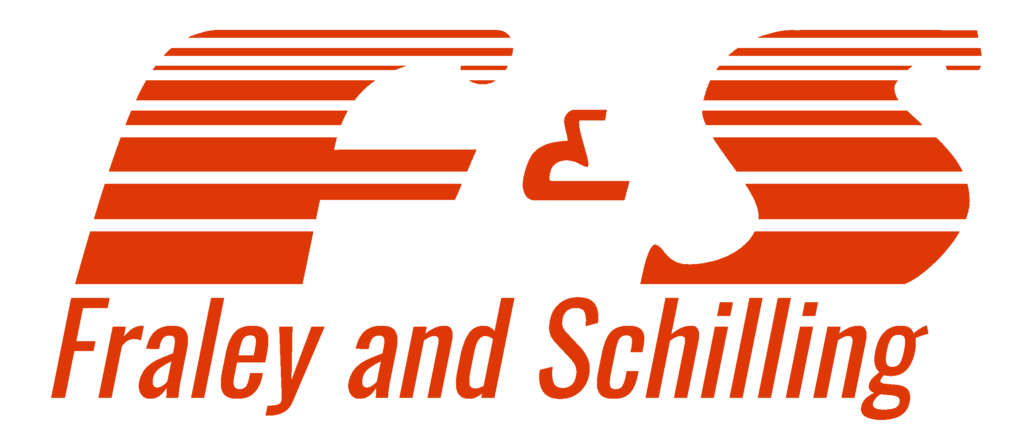June 2, 2023
Investor Business Feature: It’s Complicated – The Trucking Industry’s Role In The Supply Chain Network

Mike Bussberg
Vice President of Operations
Fraley and Schilling, Inc.
It seems like I lose three ink pens every day. The routine is always the same: I look for the ink
pen for a few minutes and then I go to the supply closet and grab a new one. This scenario
repeats itself many times per week (or so it seems) and rarely do I think about how the ink pen
made it into the closet. Like many people, I just expect that the things I need or want will be
there for me to take or buy. However, as this routine played itself out this afternoon I stopped to
appreciate the strategy, planning, and execution that it takes to make this happen. Millions of
times per day, with millions of different products, each and every day.
Using the ink pen example, we will explore how complex the supply chain must be for
something as simple as an ink pen and what role the trucking industry plays in each part of the
process. In doing so we will keep in mind the following questions:
1. How and where is it produced?
2. How and where is it distributed?
How And Where Is It Produced?
An ink pen is fairly simple. The main components are copper, aluminum, plastic (molded or
extruded), and the ink itself. Each of these components and the machines used to produce or
assemble the ink pens must travel by tractor and trailer combination to the manufacturing or
assembly plant.
Each shipment of these raw materials has a multitude of steps relating the supply chain
network. There are many dynamics that go into these decisions, but at the most fundamental
level someone has to recognize the shipment is needed and order the shipment. The supplier
then has to schedule production and upon completion of the component, transportation is
scheduled.
How And Where Is It Distributed?
This is where the trucking industry becomes more involved. Once the components are
transported to the manufacturing facility and the production process is complete, many products
(ink pens included) travel from the production plant to a warehouse. In many cases, they are
then transported to a Distribution Center (often referred to as a DC) where many different
products are stored. For a retailer, a DC allows rapid refill of depleted inventories, ensuring that
there are always products available to the consumer. From the DC the inventory is then
transported by tractor-trailer to the retail location.
As you can see each step of the distribution process requires the direct involvement of the
trucking industry. Dispatchers (Fleet Managers) ensure that the loads are planned, loaded, and
delivered. This alone requires approximately 40 steps to complete. Drivers ensure the safe and
legal transport of the shipment. Time studies estimate that drivers make approximately 160
decisions for each mile (source). For a 5-mile trip, this is 800 possible decisions that are made
to complete the task. Each mile represents another 160 decisions by the driver. That is at least
840 decisions/factors considered for every 5-mile transit load delivered.
“Time studies estimate that drivers make approximately 160 decisions for each
mile.”
Additionally, there are thousands of decisions made by other members of the trucking industry
support staff to ensure that the load gets from point “A” to point “B”. This includes: Sales
Departments, Maintenance Departments, Safety Departments, Human Resource Departments,
Administration Departments, etc. All of this, and we haven’t even begun to talk about the
suppliers that provide equipment, fuel, etc to the trucking industry.
Every Product, Everywhere, Everytime
It seems simple to just go to the supply closet and get an ink pen, pad of paper, or rubber band.
We go to the grocery store and grab a box of cereal or a loaf of bread. Next time you pick
something up, regardless of what it is, remember that it was almost certainly on a truck at one
point or another (or many points or another). Everything we do, everything we eat, and everything
that we use in our lives happens because a truck driver chose to show up for work.
Next time you get a chance to do so, THANK A TRUCK DRIVER!!